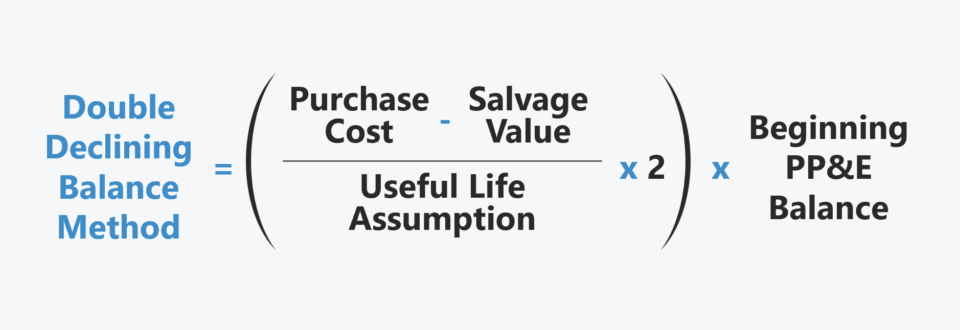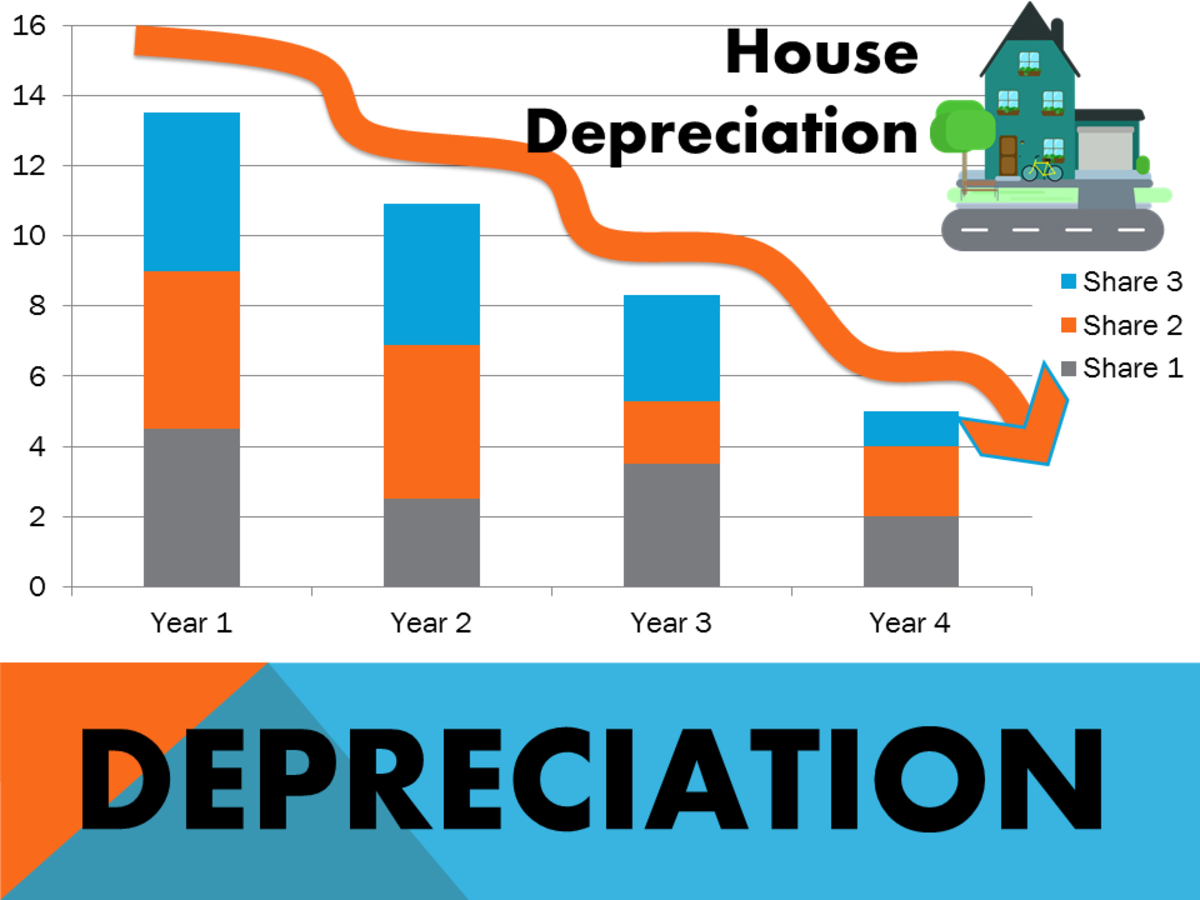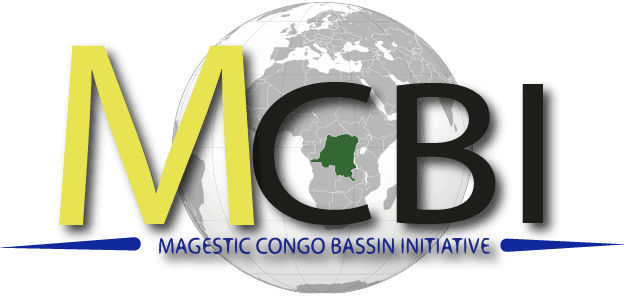Straight Line Depreciation Method What Is It, Formula

If you had to liquidate your business today, how much could you get out of it? According to straight-line depreciation, your MacBook will depreciate $300 every year. Our intuitive software automates the busywork with powerful tools and features designed to help you simplify your financial management and make informed business decisions. This also indicates that there are two years yet remaining to carry out the depreciation of $3,000. All the above calculation is representative of the book value of the equipment as $3,000.
Step 2: Determine the asset’s life span and salvage value
Alternatively, depreciation expense for a period can be calculated by dividing the depreciable amount by the number of time periods. The depreciation expense worked out under this method would always correspond to the time unit used for expressing useful life, i.e. useful life in months must be used to work out monthly depreciation. You can avoid incurring a large expense in a single accounting period by using depreciation, which can hurt both your balance sheet and your income statement. This is machinery purchased to manufacture products for the business to sell. Since the equipment is a tangible item the company now owns and plans to use long-term to generate income, it’s considered a fixed asset.
Example of Straight Line Depreciation Calculation
To get a better understanding of how to calculate straight-line depreciation, let’s look at a few examples below. You can calculate the asset’s life span by determining the number of years it will remain useful. It’s possible to find this information on the product’s packaging, website or by speaking to a brand representative. Kenneth has worked as a CPA, Auditor, Tax Preparer, and College Professor.
Why is the straight-line depreciation method important?
Let’s assume that Company A buys a piece of equipment for $10,500. The equipment has an expected life of 10 years and a salvage value of $500. The salvage value is the estimated amount the asset can be sold for at the end of its useful life, and the useful life represents the number of years that the asset is expected to be productive. This means $4,500 will be recorded as depreciation expense each year. As $500 calculated above represents the depreciation cost for 12 months, it has been reduced to 6 months equivalent to reflect the number of months the asset was actually available for use.
- Remember that with the matching principle, we earn revenues, and we want to match the expenses that helped us earn those revenues.
- Well, it’s only been 1 year, so we’ve only accumulated 1 year of depreciation which is $8,000 and our net book value is the $42,000 minus $8,000.
- This reflects the asset’s gradual decrease in value and its impact on the company’s financial health.
- Under this scenario, the vehicle is used only for 6 months in the financial year ended 30 June 20X1.
Most businesses have assets they need to depreciateStraight-line depreciation is a common method. The straight-line method of depreciation assumes a constant rate of depreciation. It calculates how much a specific asset depreciates in one year, and then depreciates the asset by that amount every year after that. The annual depreciation rate under the straight-line method equals 1 divided by the useful life in years.
Your Financial Accounting tutor
We’re going to be dealing with this in all the different depreciation methods. So what we call this « Cost Minus Residual Value, » well, this is called the depreciable base. So everything in between, the cost minus the residual value, well that’s what we’re going to depreciate. So after we do this depreciation, we’re going to be left with the residual value, okay? So cost minus residual value divided by the useful life and pretty much all the time we’re going to be talking about years of useful life, okay?
Straight-line depreciation is popular with some accountants, but unpopular with others and with some businesses because extra calculations may be required for some industries. Tickmark, Inc. and its affiliates do not provide legal, tax or accounting advice. The information provided on this website does not, and is not intended to, constitute legal, tax or accounting advice or recommendations. All information prepared on this site is for informational purposes only, and should not be relied on for legal, tax or accounting advice.
Well, it’s only been 1 year, so we’ve only accumulated 1 year of depreciation which is $8,000 and our net book value is the $42,000 minus $8,000. So just to reiterate how we might see this on a balance sheet here, I’m trying to get out of the way so you can see behind me. So I’ll try and stay out of the way, and I’ll do it here on the side. So what we’ve got, we would show our assets just like we do on any balance sheet, right? We would have our cash, we would have our accounts receivable, inventory, whatever assets we have, right?

It would be inaccurate to assume a computer would incur the same depreciation expense over its entire useful life. In addition to straight line depreciation, there are also other jury duty pay is taxable methods of calculating depreciation of an asset. Different methods of asset depreciation are used to more accurately reflect the depreciation and current value of an asset.
In this section, we will compare the straight-line depreciation method with other common methods such as accelerated depreciation and the units of production method. Depreciation expense is a non-cash expense, which is essential once we address the statement of cash flows. The expense doesn’t require additional cash outlay since it was all paid upfront; the cost is merely allocated over the asset’s useful life.
This is done as the companies use the assets for a long time and benefit from using them for a long period. Therefore, although depreciation does not exhibit an actual outflow of cash but is still calculated as it reduces companies’ income; which needs to be estimated for tax purposes. Because organizations use the straight-line method almost universally, we’ve included a full example of how to account for straight-line depreciation expense for a fixed asset later in this article. Below are three other methods of calculating depreciation expense that are acceptable for organizations to use under US GAAP. Accumulated depreciation is carried on the balance sheet until the related asset is disposed of and reflects the total reduction in the value of the asset over time.
